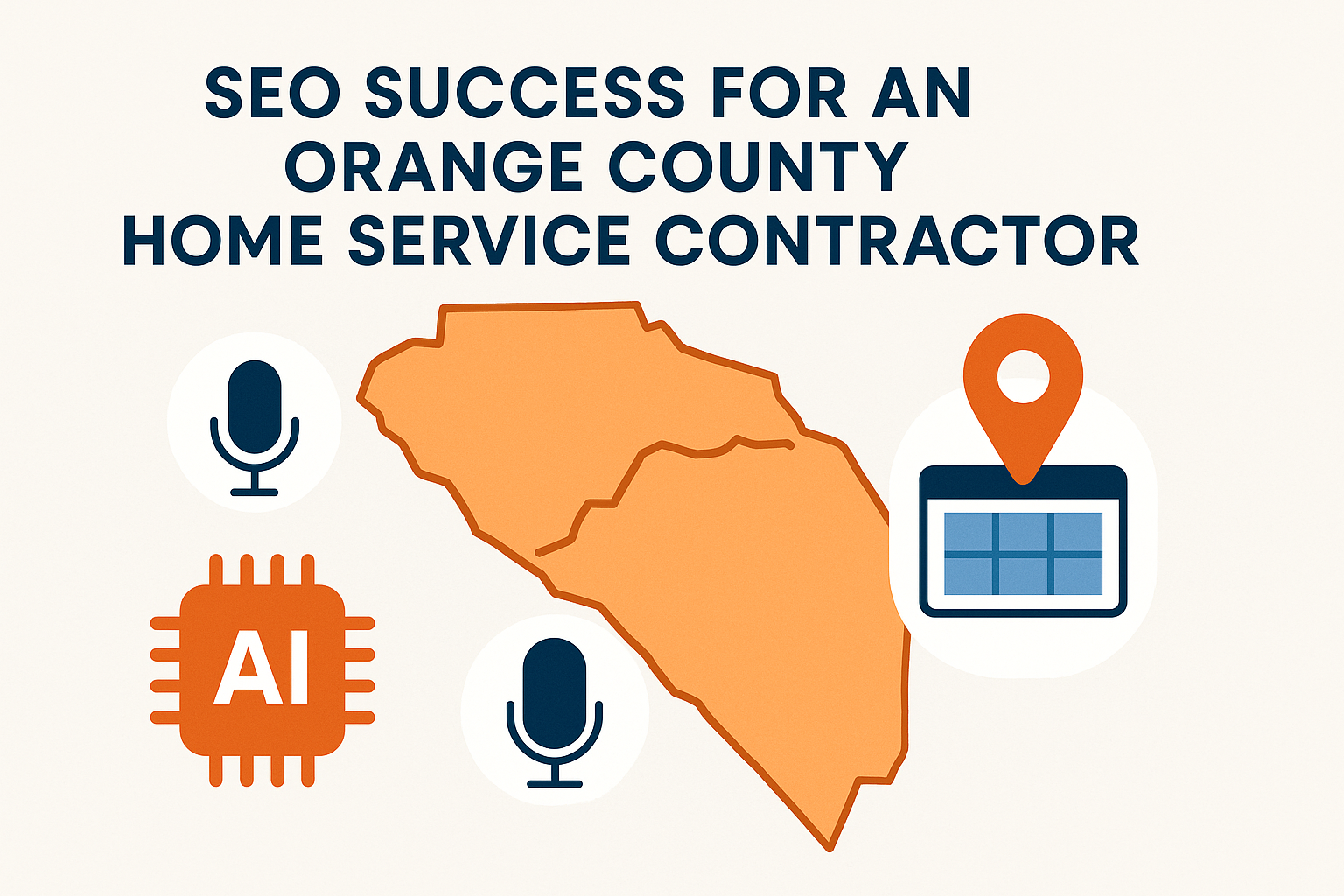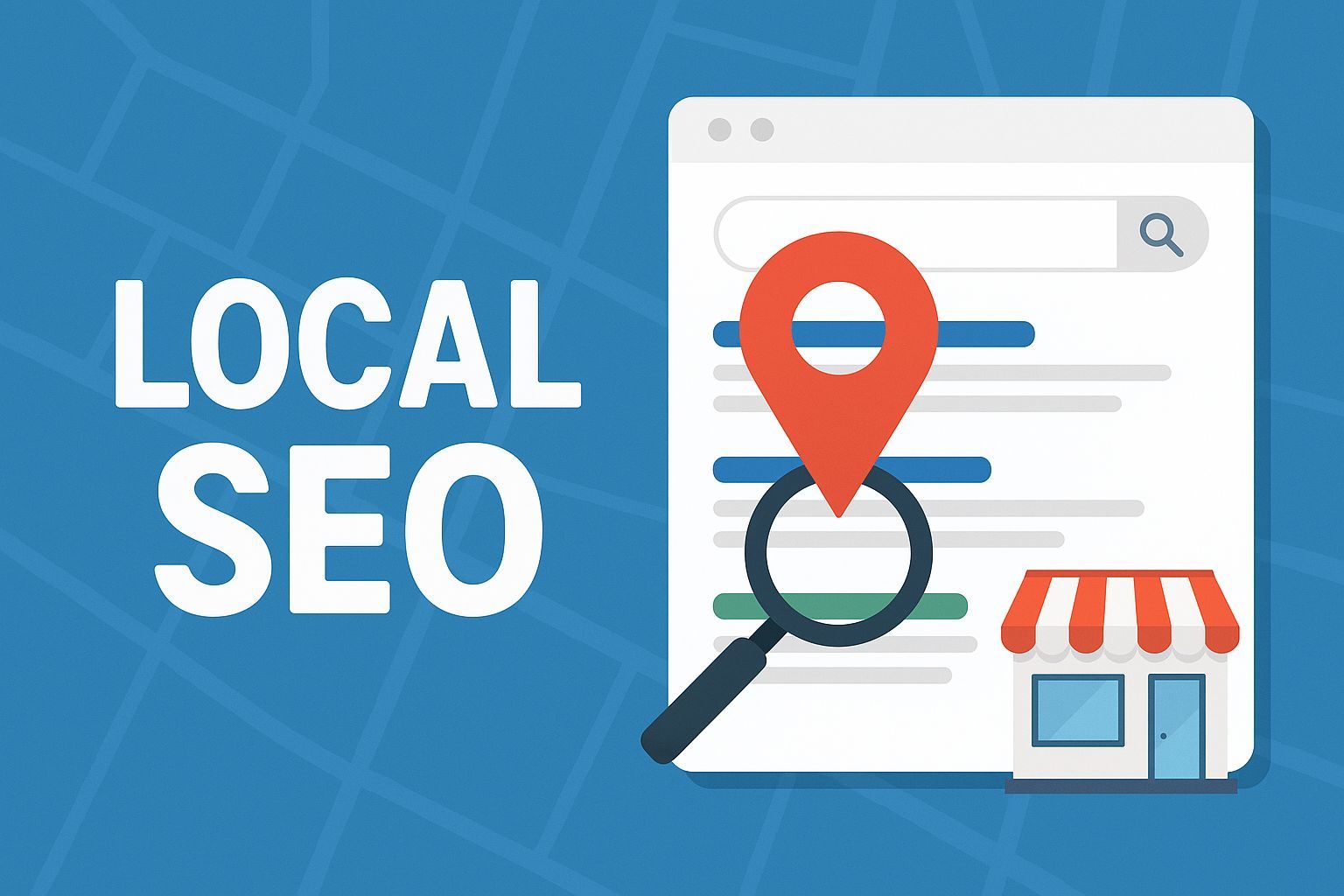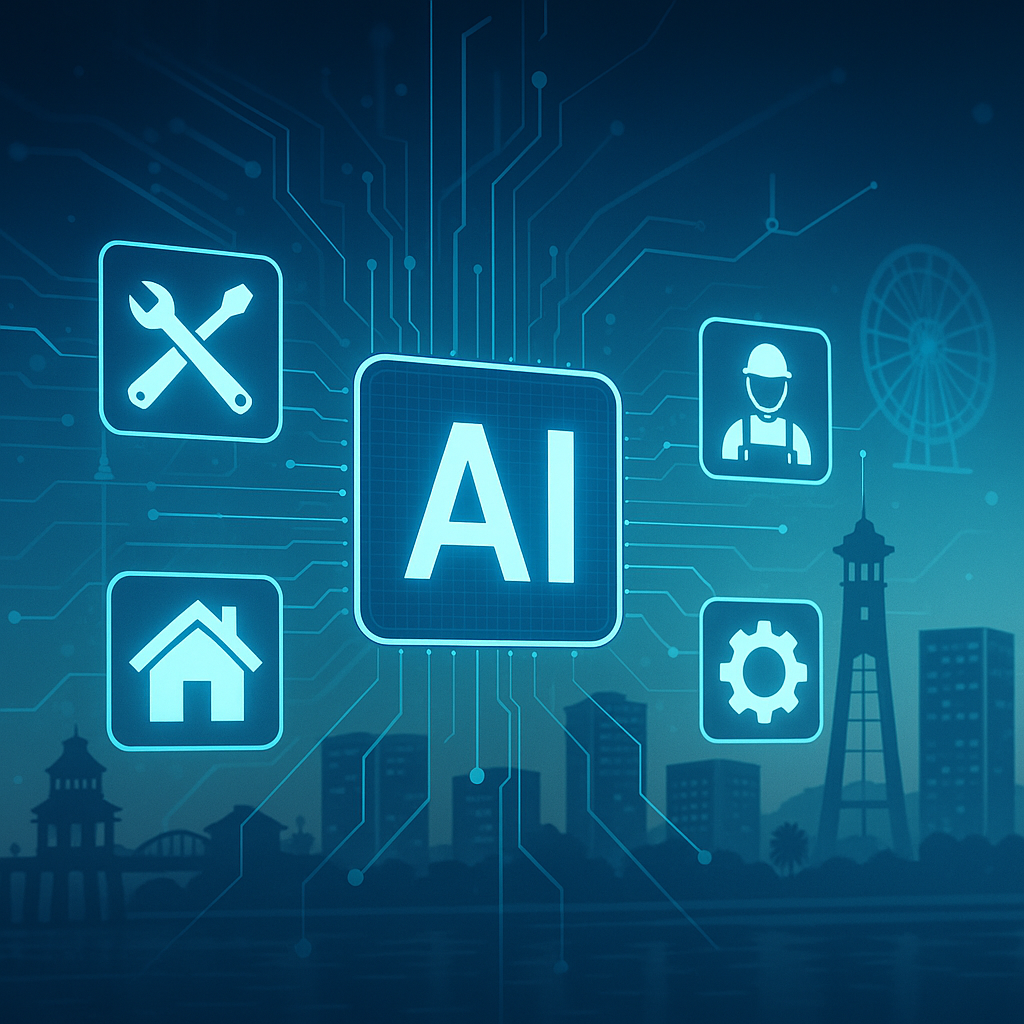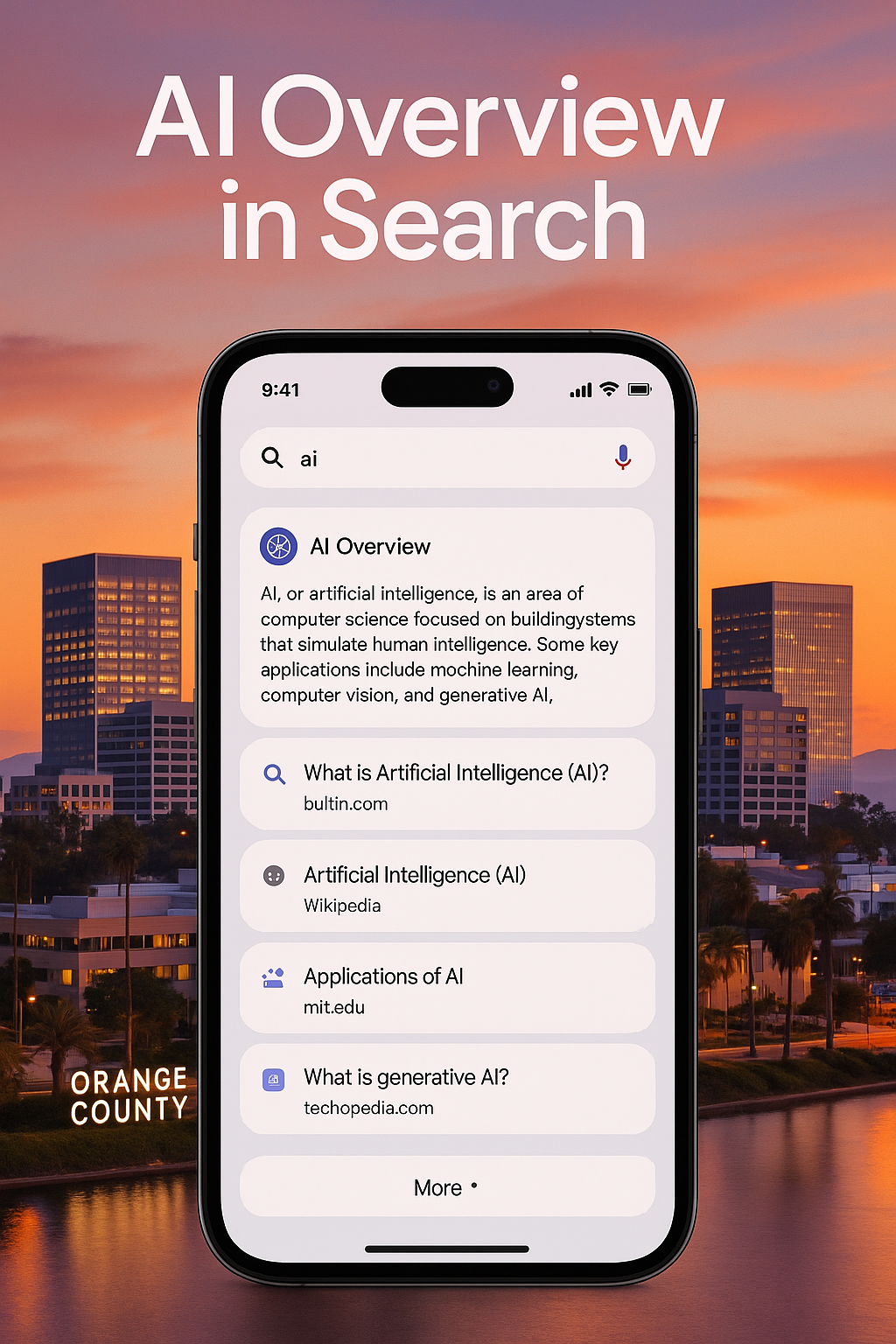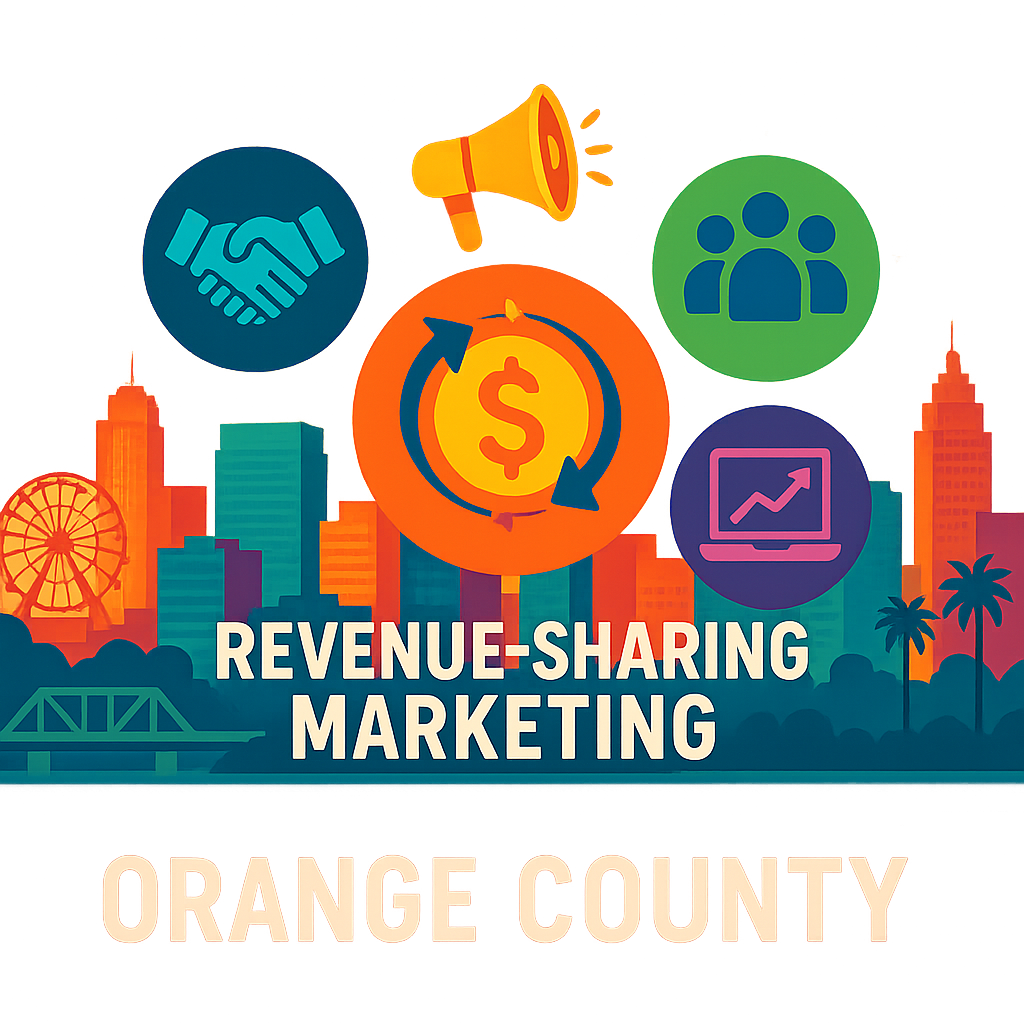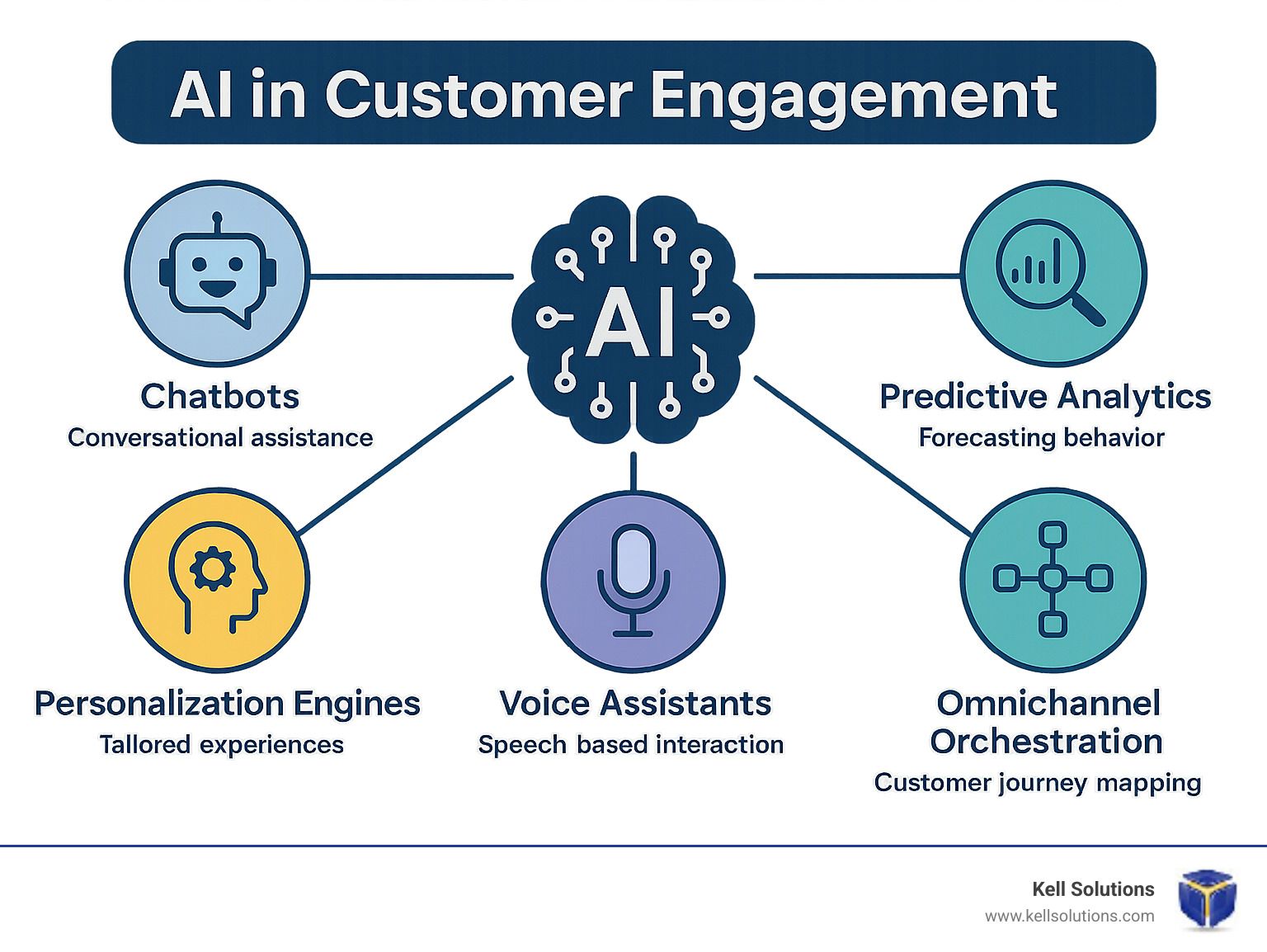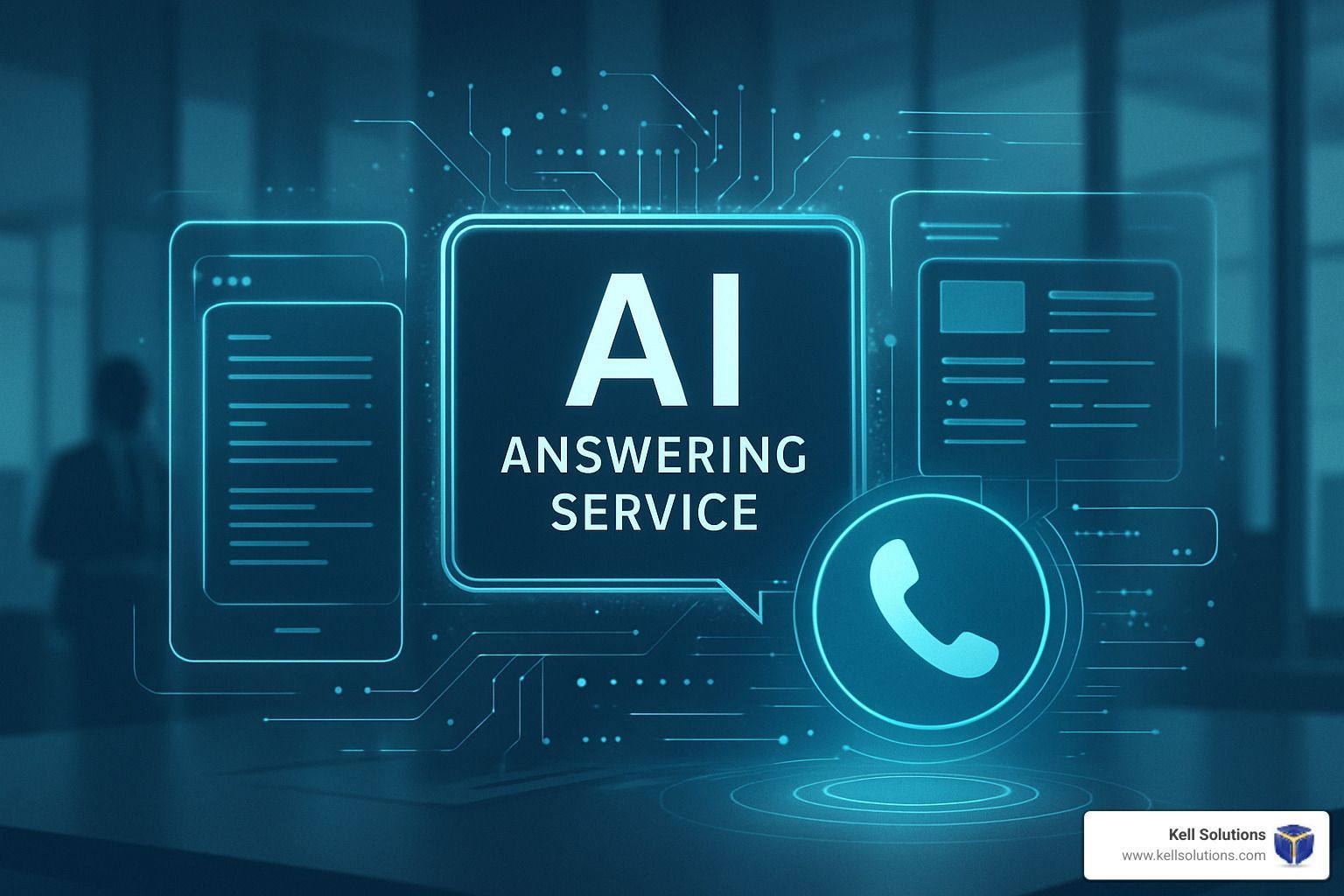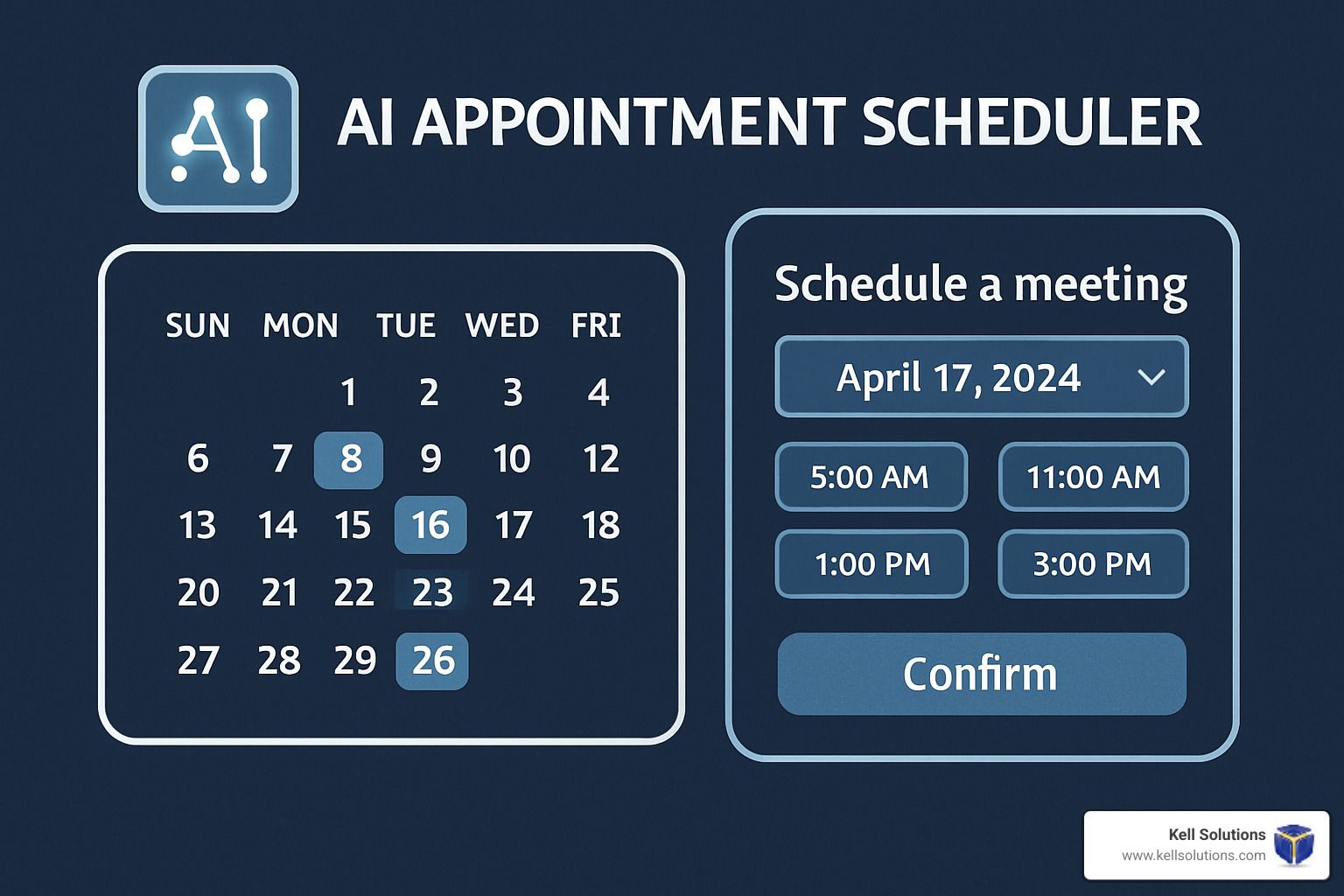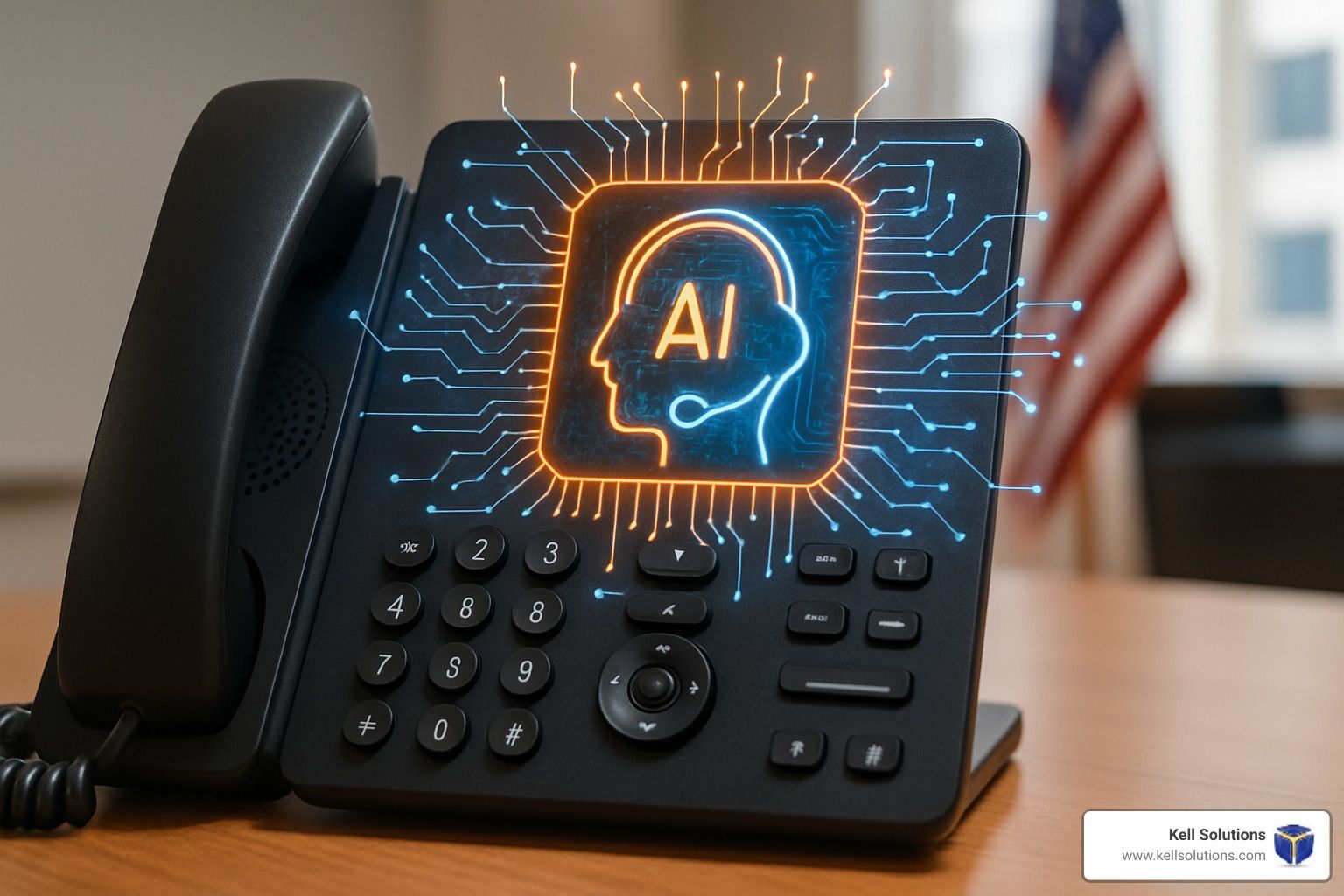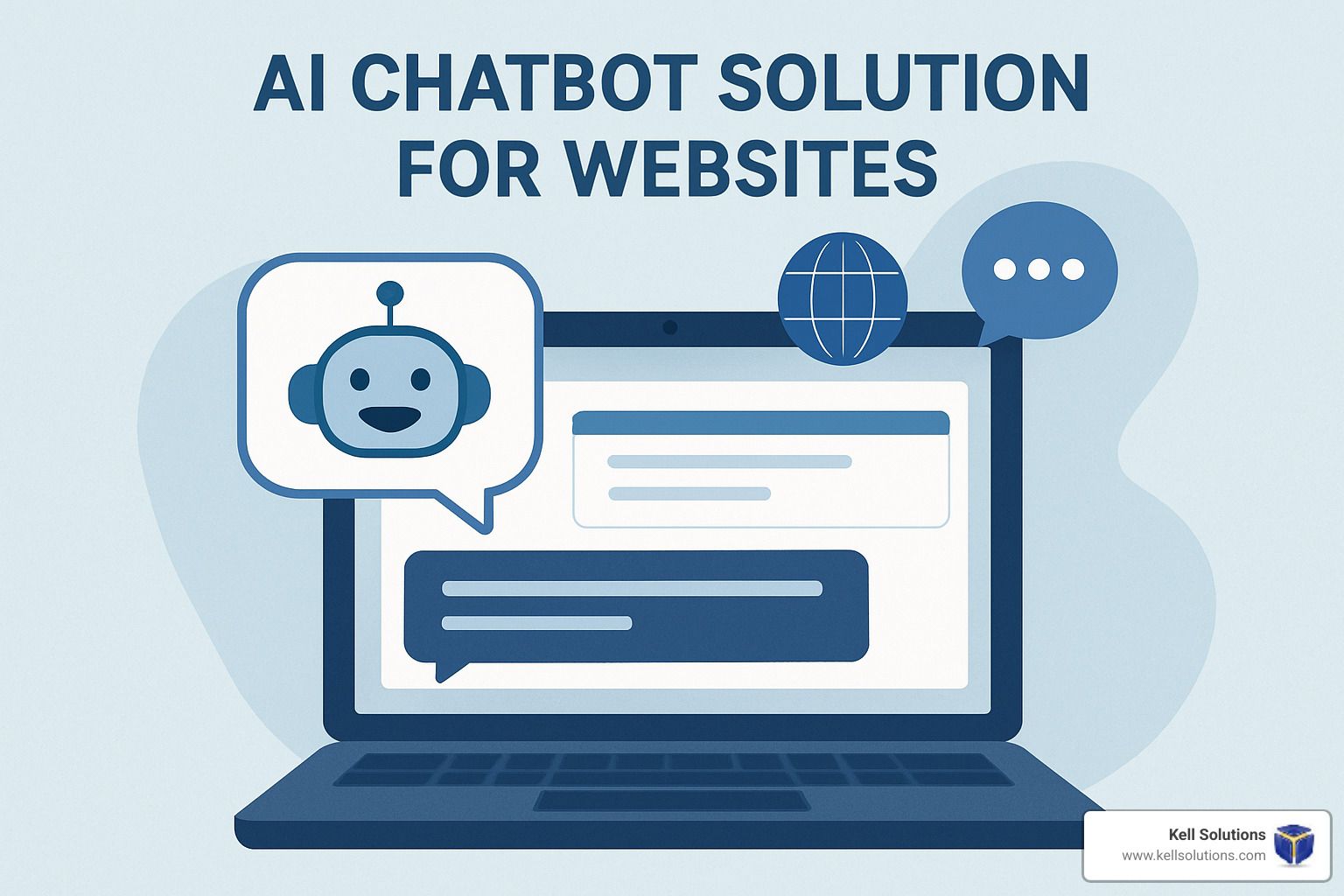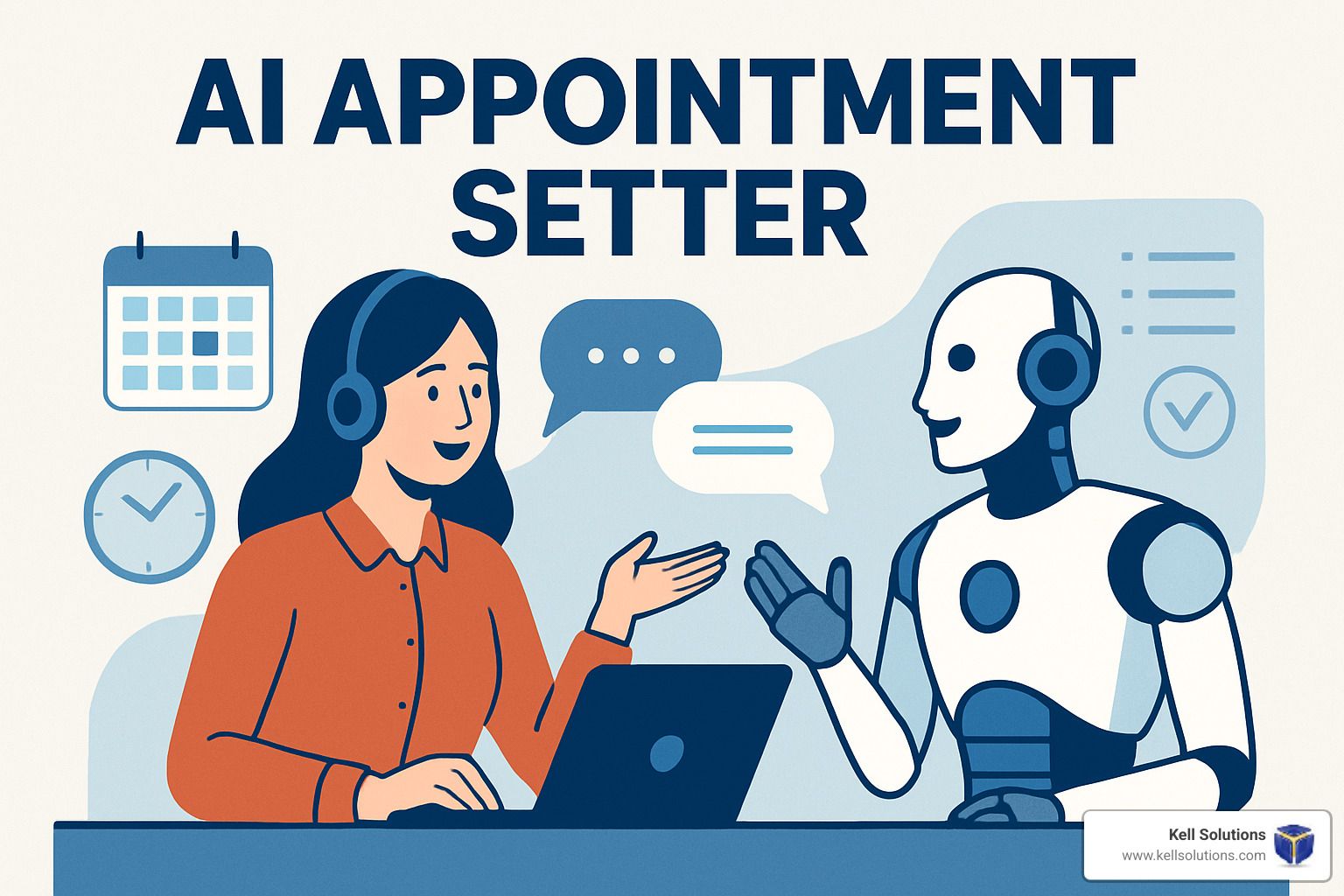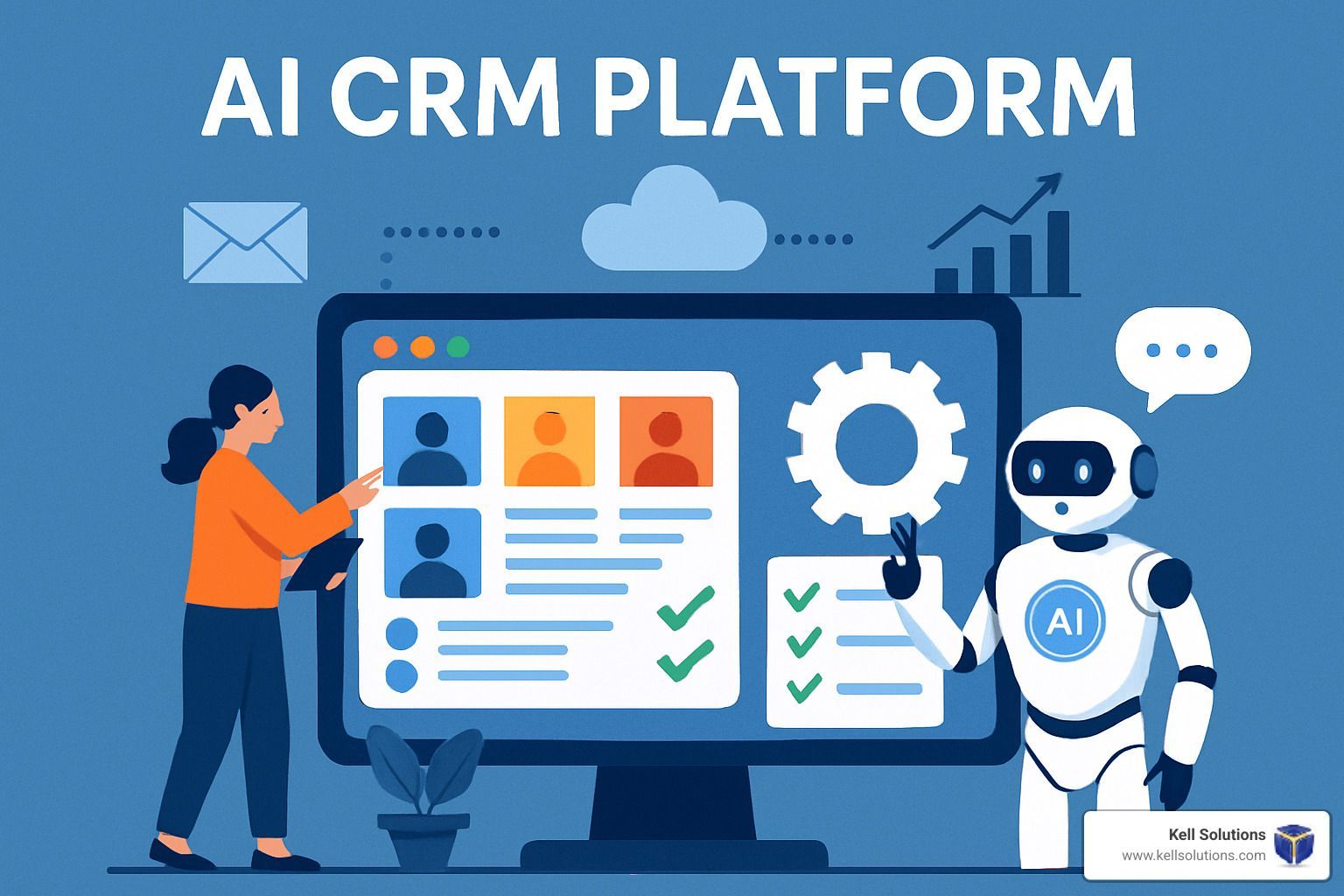Voice AI Customer Support—Your Call is Important to Our Robot
Why Voice AI Customer Service is Changing Business Communications
Voice AI customer service is an artificial intelligence system that uses natural language processing and speech recognition to handle customer calls through human-like conversations, replacing traditional phone trees and IVR systems with intelligent, always-available virtual agents.
Quick Overview:
- What it is: AI-powered phone agents that understand and respond to customers using natural speech
- How it works: Combines speech recognition, natural language understanding, and text-to-speech technology
- Key benefit: Provides 24/7 customer support without human agents
- Main difference from IVR: Customers speak naturally instead of pressing buttons
- Business impact: Can resolve up to 80% of calls without human involvement
The days of "press 1 for sales, press 2 for support" are ending. Your customers expect immediate, personalized service - and 81% of service professionals say the phone is still the preferred channel for complex issues. Yet most small businesses can't afford round-the-clock staff to answer every call.
This creates a problem: missed calls equal missed revenue.
Voice AI solves this by acting like a smart receptionist who never sleeps, never gets sick, and handles multiple calls simultaneously. Unlike old-school phone systems that frustrate callers with endless button pressing, modern voice AI lets customers explain their needs in plain English.
The technology has reached a tipping point. Response times under 500 milliseconds make conversations feel natural. Advanced language models understand context and intent. And 83% of decision makers plan to increase their AI investment in the coming year.
I'm Gregg Kell, founder of Kell Web Solutions, and I've spent over 25 years helping small businesses leverage technology for growth, including developing voice AI customer service solutions that convert more leads and reduce operational costs.
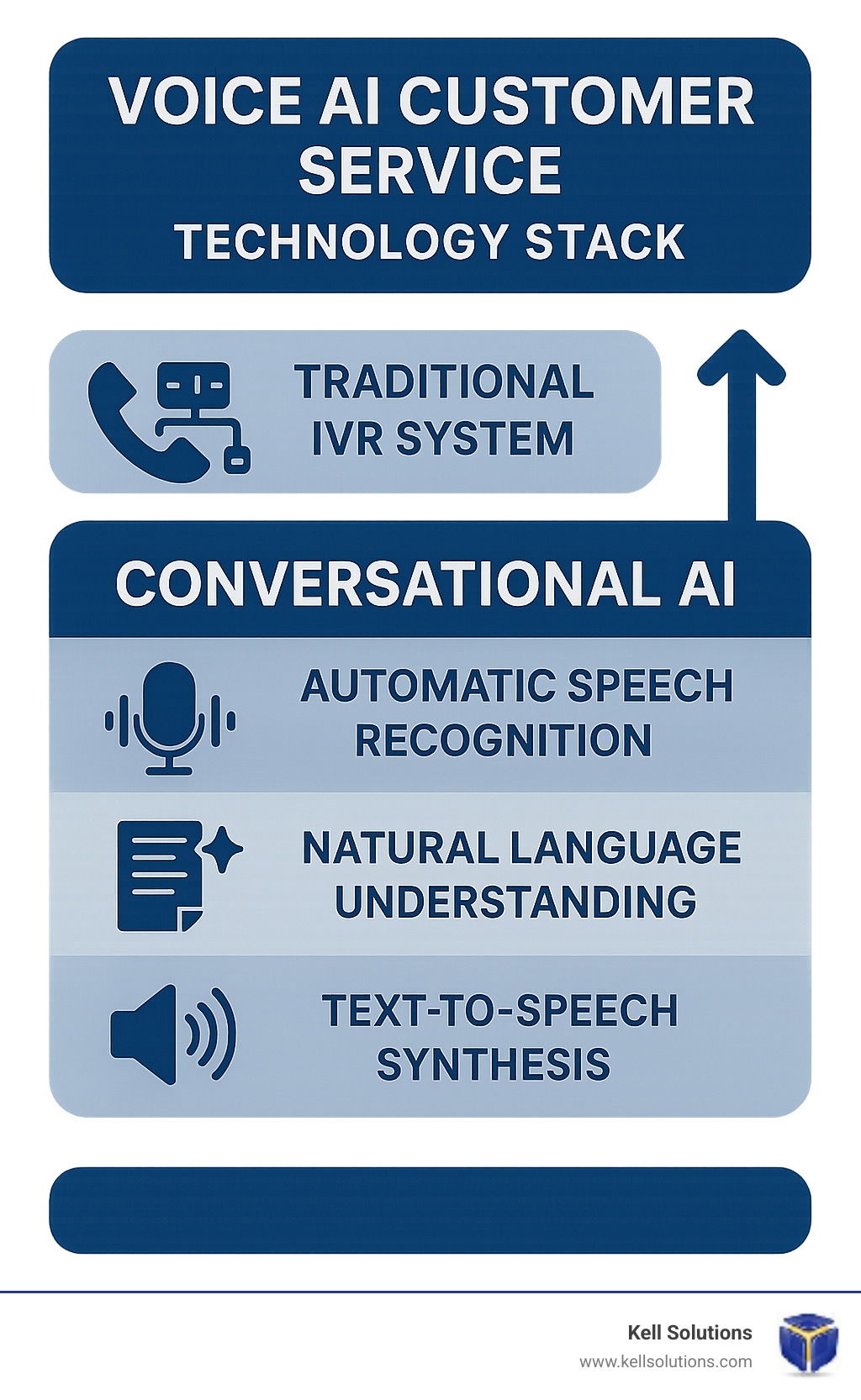
What Is Voice AI Customer Service?
Voice AI customer service is like having the world's most patient, knowledgeable receptionist who never needs coffee breaks. It's technology that lets computers have real conversations with your customers over the phone - no button pushing, no "please hold," just natural talking.
When someone calls your business, they don't get stuck in a maze of "press 1 for this, press 2 for that." Instead, they simply explain what they need, just like they would to a human. The AI listens, understands, and helps solve their problem right away.
This phone-first approach matters more than you might think. While everyone talks about chatbots and text messaging, 81% of customers still prefer calling when they have complex issues. They want to talk through problems, ask follow-up questions, and get immediate answers. Voice AI gives them that experience without requiring you to staff phones 24/7.
How Voice AI Differs From Legacy IVR
Remember the last time you called a big company and got trapped in phone menu hell? That's traditional IVR (Interactive Voice Response) - those robotic systems that make you steer through endless options before maybe, possibly reaching someone who can help.
Legacy IVR systems are like following a rigid script. They can only understand specific button presses and work within pre-programmed paths. If your problem doesn't fit their menu, you're stuck repeating "representative" until the system gives up.
Voice AI customer service flips this frustration on its head. Instead of forcing customers into your system's limitations, the AI adapts to understand what customers actually need. It uses conversational intelligence to detect intent from natural speech, whether someone says "I need to reschedule my appointment," "Can we move my Tuesday meeting?" or "Something came up and I can't make it."
Key Components Powering Voice AI Customer Service
Behind every smooth voice AI conversation, several powerful technologies work together seamlessly. Automatic Speech Recognition (ASR) serves as the ears, converting spoken words into text with remarkable accuracy - even when customers have thick accents, speak quickly, or call from noisy environments.
Natural Language Understanding (NLU) acts as the brain, processing what customers say to identify their true intent and extract important details. Large Language Models (LLMs) provide the intelligence for generating helpful, contextually appropriate responses.
Text-to-Speech (TTS) technology gives the AI its voice, converting responses back into natural-sounding speech. Modern TTS can adjust tone, pace, and even emotional inflection to match the conversation's mood.
The dialog manager keeps everything flowing smoothly, remembering what was discussed earlier in the call and maintaining context throughout the conversation. Meanwhile, guardrails ensure the AI stays helpful and professional, automatically escalating complex issues to human agents when needed.
How Voice AI Works Under the Hood

The magic behind voice AI customer service happens in milliseconds, but the technology powering those natural conversations is incredibly sophisticated. When a customer calls your business, the AI processes their voice through multiple specialized layers working together seamlessly. The entire system operates with ultra-low latency of under 500 milliseconds- faster than most people can blink.
Advanced signal processing tackles real-world challenges that trip up simpler systems. Background noise from a busy coffee shop, poor cell phone connections, or multiple people talking don't derail the conversation. The system continuously adapts to each caller's unique speech patterns, actually getting better at understanding them as the conversation progresses.
For business owners curious about the deeper technical foundations, scientific research on natural language processing reveals how these systems achieve human-like language understanding and generation.
Listening Layer
The journey begins when sound waves hit the system's digital ears. Automatic speech recognition technology has come a long way from the clunky voice systems of the past. Today's ASR handles thick accents, rapid-fire talkers, and even customers who mumble their way through requests without missing a beat.
Spoken language understanding digs deeper to interpret meaning behind the words. When a customer says "I'm having trouble with my order," the system recognizes this as a support request, not a billing inquiry - even though the words don't explicitly state the intent.
Modern systems excel at handling the messy reality of human conversation. Customers interrupt themselves, change their minds mid-sentence, or trail off while thinking. The AI gracefully handles these natural speech patterns, maintaining context even when conversations take unexpected turns.
Understanding Layer
Once the AI knows what was said, it needs to figure out what the customer actually wants. Natural language understanding transforms raw text into actionable insights. The system identifies specific intents - like scheduling appointments, checking order status, or requesting technical support.
Entity extraction pulls out crucial details from conversations. When a customer mentions "next Tuesday at 3 PM," the AI recognizes date and time entities. Contextual memory keeps track of conversation flow across multiple exchanges.
Integration with your brand knowledge base ensures accurate, relevant responses. The system understands your specific products, services, pricing tiers, and company policies.
Responding Layer — Voice AI Customer Service in Action
The final step transforms the AI's understanding into natural, helpful speech. Text-to-speech technology has evolved far beyond robotic monotones. Modern systems create voices with natural prosody- the rhythm, stress, and intonation that makes speech sound human.
Dynamic tone adjustment allows the AI to read the room emotionally. If a customer sounds frustrated, the voice becomes more empathetic and patient. Happy customers get enthusiastic responses that match their energy.
The AI adapts its communication style to match your brand personality. Multilingual support opens doors to diverse customer bases, with the system detecting a customer's preferred language automatically and switching seamlessly between up to 172 languages.
Business Benefits & ROI
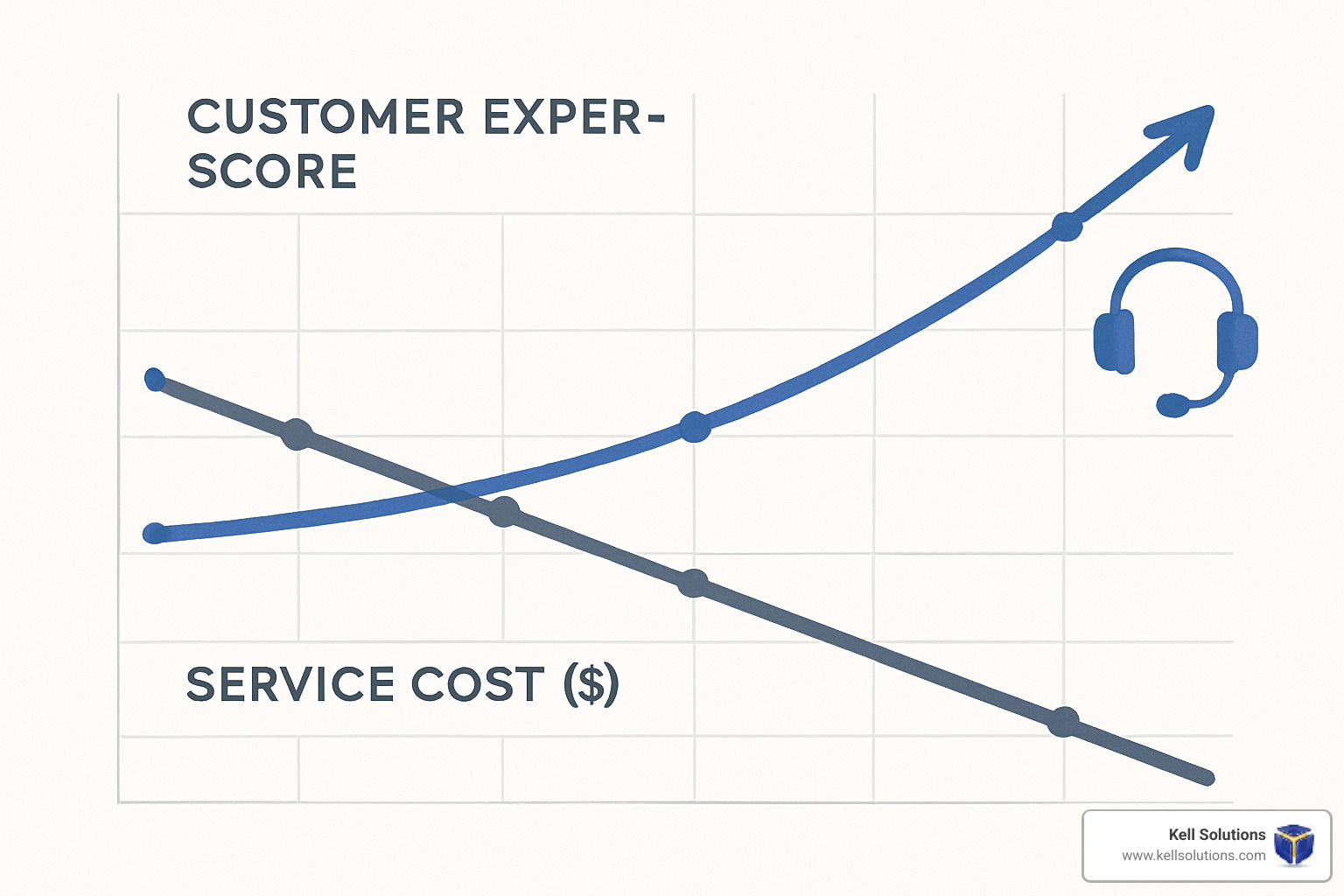
When businesses implement voice AI customer service, they're not just upgrading their phone system - they're changing their entire customer experience while dramatically improving their bottom line.
The most immediate impact? Cost reduction of up to 30% on customer service operations. Voice AI takes care of routine calls automatically, freeing your human agents to focus on complex issues that actually need their expertise.
24/7 availability means you never miss another late-night inquiry or weekend emergency call. Your AI agent doesn't need coffee breaks, sick days, or vacation time - it's always there when your customers need help.
The scalability factor is a game-changer for growing businesses. Voice AI handles unlimited simultaneous calls without breaking a sweat. Whether you get 10 calls or 1,000 calls in an hour, every customer gets immediate attention.
Agent retention improves when your human staff aren't burned out from answering the same basic questions all day. Given that contact center turnover can hit 100% annually, keeping good employees saves you thousands in recruitment and training costs.
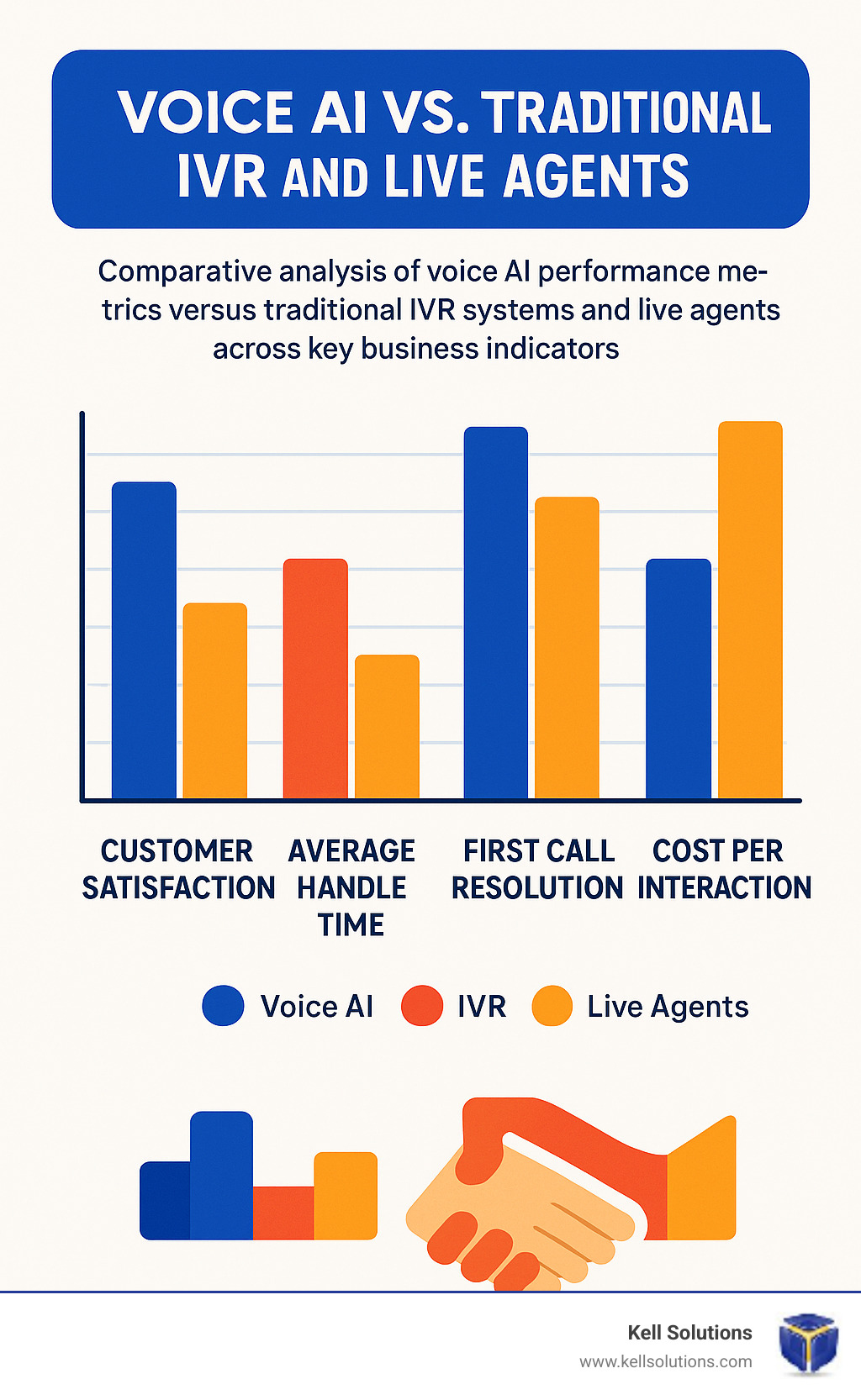
Measuring Success
The beauty of voice AI lies in its measurable impact across every metric that matters to your business. Average Handle Time drops significantly because AI resolves simple queries instantly. First Call Resolution rates soar when your AI agent has instant access to all customer information and your complete knowledge base.
Customer satisfaction scores typically climb because people appreciate getting immediate, helpful service without navigating frustrating phone menus. Cost per contact becomes a fraction of traditional support costs. While human agents cost $6-12 per interaction including salary and benefits, AI interactions cost pennies on the dollar.
Want to see exactly how much you could save? Our AI-Driven Customer Engagement solutions include detailed ROI calculators that show your potential savings based on your current call volume.
Real-World Impact
Companies routinely automate 50% of order tracking inquiries, eliminating those repetitive "Where's my package?" calls that eat up agent time without adding value. Appointment booking becomes 2.5 times more efficient when AI handles the entire process.
One of our clients automated 70% of their Level 1 support tickets and saved $425,000 in just 90 days after launch. The payback period for well-implemented voice AI can be measured in weeks, not years.
Staff morale improves dramatically when employees spend their time on meaningful customer interactions instead of answering the same basic questions repeatedly. This leads to lower turnover rates, which saves you the hidden costs of constantly recruiting and training new hires.
Use Cases & Seamless Integrations
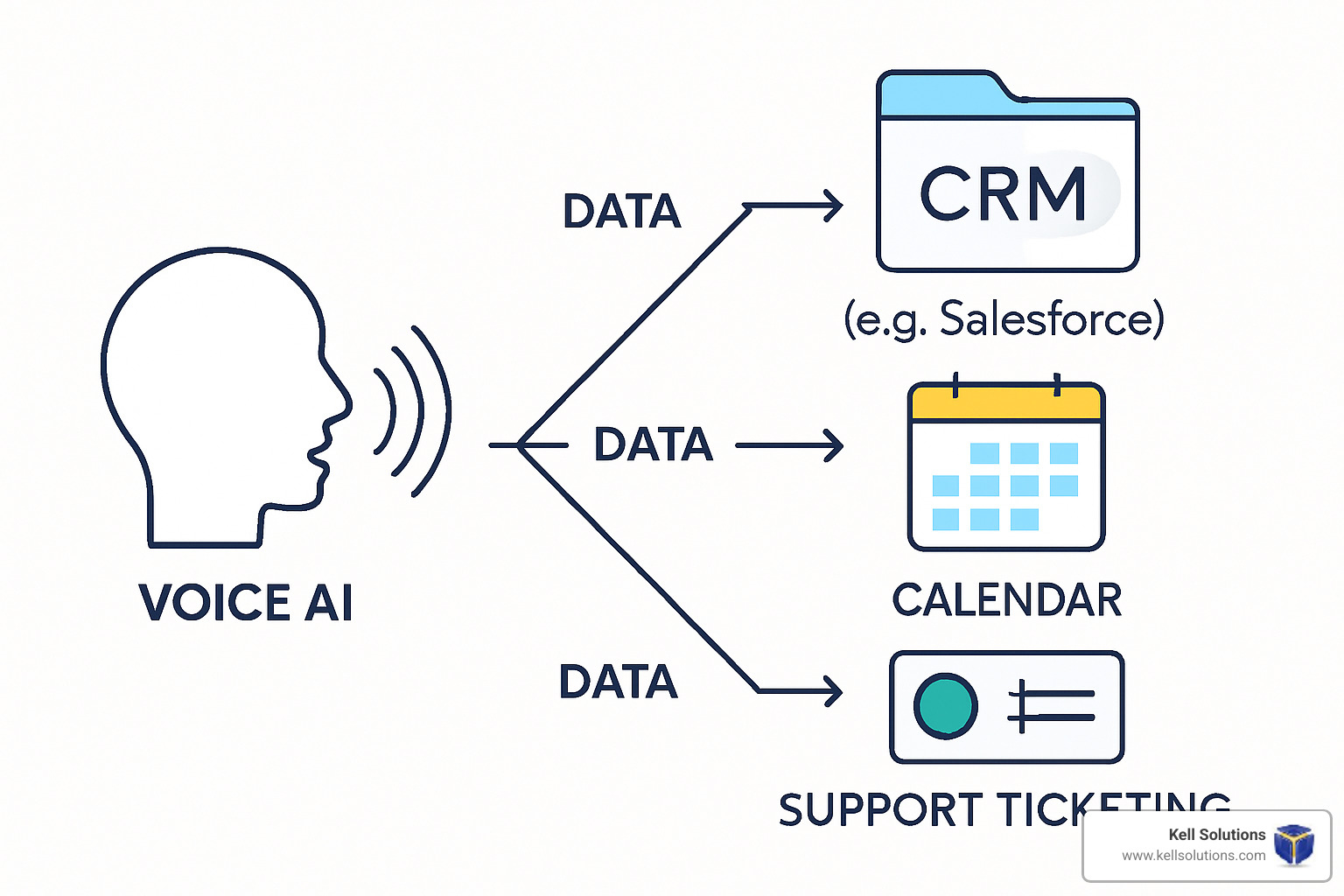
Voice AI customer service becomes the brain that connects all your business tools together. Instead of customers getting bounced around between departments, the AI understands what they need and connects directly to the right systems.
Authentication becomes conversational rather than robotic. The AI can verify who customers are through natural conversation, voice recognition, or by asking simple security questions that feel like normal chat.
Appointment booking shows off the technology's real power. The AI checks your actual calendar, offers available times, books the appointment, and sends confirmation texts - all while you're busy with other customers or even sleeping.
Order management transforms from a customer service headache into smooth sailing. Customers can check order status, make changes, or start returns just by talking naturally about what they need.
For businesses ready to see how this all comes together, our AI Phone Answering System shows exactly how these integrations work in practice.
Industry-Specific Deployments
Healthcare practices need rock-solid privacy protection, and modern voice AI delivers. The system can schedule appointments, provide test results, send medication reminders, and handle insurance questions while meeting strict HIPAA requirements.
Financial services require bulletproof security, and voice AI rises to the challenge. Customers can check balances, make payments, and get account information through secure, verified conversations.
Retail businesses face massive call spikes during busy seasons. Voice AI handles the flood without breaking a sweat, managing order questions, returns, and product information while your human team focuses on complex issues.
Home services companies capture leads around the clock. When pipes burst at 2 AM or air conditioners die on Sunday afternoon, customers call immediately. Voice AI books emergency appointments and ensures you never miss urgent business.
Small businesses suddenly have enterprise-level customer service without enterprise costs. A local restaurant handles reservations like a five-star establishment. A dental office manages appointments like a large practice.
Getting Systems Talking
The magic happens through API integrations that connect voice AI to your existing software. When customers call, the system instantly accesses their complete history from your CRM, order management system, and support database.
Webhooks trigger automatic actions based on what happens during calls. Book an appointment? Calendar invites send automatically. Update contact information? Your CRM updates instantly.
Low-code integration platforms make complex connections simple enough for anyone to set up. Calendar synchronization keeps everything accurate across all your booking channels. Secure data flows protect sensitive information while enabling seamless service.
Challenges, Limitations & Best Practices

Voice AI customer service isn't magic. While the technology has come incredibly far, it still has limitations that smart business owners need to understand before diving in.
The biggest challenge? Accuracy gaps can still happen when customers have thick accents or use slang that wasn't in the AI's training data. Context switching presents another hurdle when customers jump between topics mid-conversation.
Emotional intelligence remains the biggest gap between human and artificial agents. While AI can detect when someone sounds frustrated and adjust its tone accordingly, it can't provide the genuine empathy your longtime receptionist offers.
Privacy concerns require serious attention, especially with GDPR and state privacy laws constantly evolving. Every conversation gets recorded and processed, so you need rock-solid data protection and clear policies.
The escalation flow becomes your safety net. When the AI hits its limits, customers need to reach a human agent seamlessly - without having to repeat their entire story from scratch.
Overcoming Problems in Voice AI Customer Service
Most of these challenges have proven solutions if you approach them thoughtfully.
Training data quality makes or breaks your system's performance. High-quality, diverse conversation examples that include various accents, speaking patterns, and real customer scenarios dramatically improve accuracy.
Multi-accent support requires specific attention if you serve diverse communities. Test your system with actual customers who represent your market.
Strict guardrails keep your AI from making promises you can't keep or providing information outside its expertise. Well-designed systems know when to say "Let me connect you with someone who can help with that specific situation."
Fallback to humans should feel natural, not like a system failure. When escalation happens, the AI should brief the human agent with conversation context.
Continuous learning capabilities let your system improve over time. By analyzing conversation patterns, common questions, and escalation triggers, the AI becomes increasingly effective.
Research on empathetic AI shows promising developments in creating more emotionally intelligent customer service systems.
Deployment Checklist & Best Practices
Smart deployment starts with defining clear KPIs before you flip the switch. You can't improve what you don't measure, so track metrics like call resolution rates, customer satisfaction scores, and cost per interaction from day one.
Start with pilot projects rather than trying to automate everything immediately. Begin with straightforward use cases like appointment scheduling or order status inquiries.
Iterate quickly based on real customer interactions. Your first week will teach you more than months of planning. Monitor conversations, identify common issues, and refine responses continuously.
Brand voice design ensures your AI sounds like a natural extension of your team. Monitor analytics continuously to spot improvement opportunities. Maintain security standards throughout deployment with appropriate access controls, data encryption, and audit logging.
Frequently Asked Questions About Voice AI Customer Service
When businesses first consider voice AI customer service, they naturally have questions about security, staffing impact, and implementation timelines. These concerns are completely understandable - you're thinking about trusting AI with your most valuable asset: your customers.
Let me address the most common questions I hear from business owners exploring voice AI solutions.
How secure is caller data when using AI voice agents?
Your customers' data security isn't just important - it's absolutely critical. Modern voice AI customer service systems take this responsibility seriously, implementing the same enterprise-grade security measures that banks and healthcare organizations rely on.
Every conversation gets protected with end-to-end encryption, meaning the data stays scrambled and unreadable as it travels between your customer's phone and the AI system. Think of it like sending a locked briefcase that only the intended recipient can open.
The security doesn't stop there. Call recordings and transcripts are encrypted when stored, with strict access controls determining who can view conversation data. Audit logs track every single person who accesses the system, creating a complete paper trail for compliance purposes.
Reputable providers maintain certifications like SOC2, HIPAA, and GDPR compliance. These aren't just fancy acronyms - they represent rigorous security standards that require regular third-party audits and testing. Many systems also offer data residency options, keeping your information within specific geographic regions to meet local privacy laws.
Before choosing any voice AI provider, verify their security certifications and understand exactly how they handle your data. A trustworthy provider will be transparent about their security practices and happy to discuss compliance requirements.
Will AI replace my entire support team or augment them?
Here's the reality: voice AI customer service typically makes your human team more valuable, not obsolete. The technology excels at handling the repetitive, routine inquiries that often frustrate both customers and staff - things like "What time are you open?" or "Can I reschedule my appointment?"
Think of it this way: your best employees probably didn't get into customer service to answer the same basic questions hundreds of times per day. They want to solve complex problems, build relationships, and help customers with challenging situations that require human judgment and empathy.
Most successful implementations see AI handling 50-80% of incoming calls, with complex or sensitive issues smoothly escalating to human agents. Your team gets the context from the AI conversation, so customers don't have to repeat their entire story.
This division of labor allows you to provide 24/7 basic support while keeping human expertise available for high-value interactions. Many businesses find they can serve more customers better with this hybrid approach, and their human agents report higher job satisfaction when freed from repetitive tasks.
The goal isn't eliminating jobs - it's improving service quality while making your team's work more meaningful and efficient.
How long does it take to launch a basic voice AI customer service agent?
The timeline depends on what you want your AI agent to accomplish, but you might be surprised how quickly you can get started. For basic use cases like appointment booking or answering common questions, you can have a voice AI customer service agent up and running in as little as 3 weeks.
More sophisticated implementations that integrate with your existing CRM, require custom workflows, or need to meet specific compliance requirements typically take 6-12 weeks. The main factors affecting your timeline include how complex your current systems are, how much customization you need for your brand voice, and whether you have industry-specific requirements like HIPAA compliance.
Most providers offer a phased approach - start with simple functionality to see immediate benefits, then gradually expand capabilities over time. This lets you prove the value quickly while building toward more comprehensive automation.
The key is working with a provider who understands your business needs and can guide you through the process efficiently. They should handle the technical complexity while keeping you informed about progress and timeline expectations.
Conclusion
The change is happening whether you're ready or not. Voice AI customer service has moved from futuristic concept to business necessity, and companies that accept it now are capturing leads and delighting customers while their competitors struggle with outdated phone systems.
Think about your last frustrating experience with a phone tree. Now imagine your customers never having to endure that with your business. That's the power of intelligent voice automation - it turns every call into an opportunity to impress rather than irritate.
The numbers don't lie. Companies implementing voice AI see dramatic improvements in customer satisfaction while cutting service costs by up to 30%. More importantly, they never miss another lead because their AI agent is always there, always helpful, and always ready to convert callers into customers.
At Kell Solutions, we've watched small businesses transform their customer relationships through our VoiceGenie AI platform. A dental practice in Newport Beach went from missing evening appointment requests to booking patients around the clock. A contractor in San Diego stopped losing weekend leads to competitors who actually answered their phones.
These aren't just technology wins - they're business growth stories. Every missed call used to represent lost revenue. Now it represents captured opportunity.
Voice AI doesn't replace human connection- it improves it. Your team stops handling the same repetitive questions and starts building deeper relationships with customers who need real expertise. The AI handles the routine; your people handle the remarkable.
The future of customer service is already here, and it sounds surprisingly human. Your customers will appreciate the instant, helpful responses. Your team will love focusing on meaningful work. And your bottom line will reflect the efficiency of never missing another opportunity.
Ready to join the businesses that have already made the switch? Our VoiceGenie AI platform combines cutting-edge technology with practical business sense, delivering results from day one.
Schedule your free VoiceGenie AI demo and find how intelligent voice automation can transform your customer engagement while reducing operational costs. The conversation that changes your business is just one click away.
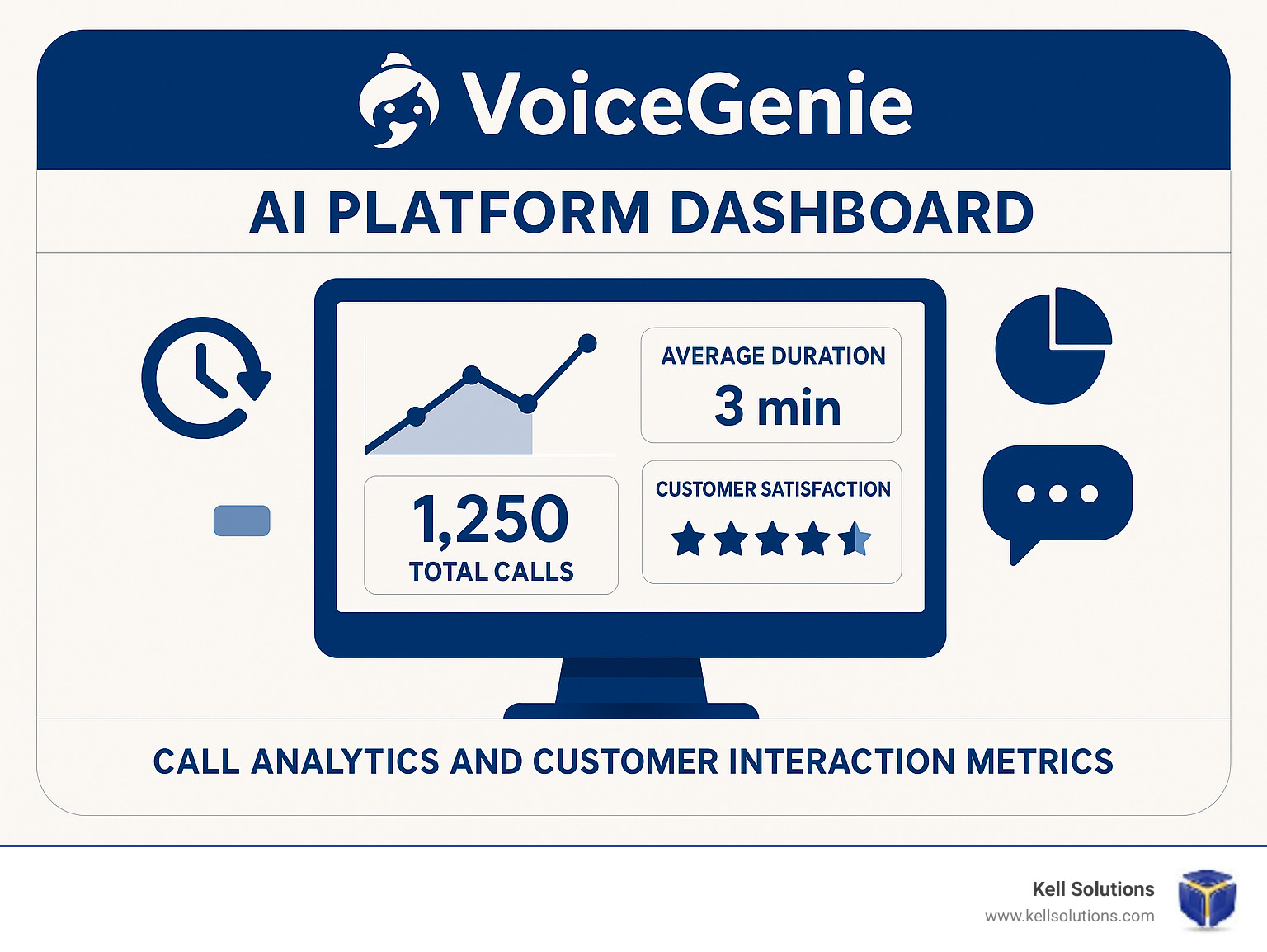
📚 About the Author
Gregg Kell is a seasoned digital marketing strategist and founder of Kell Web Solutions, Inc., helping professional service firms grow through innovative AI-powered solutions like VoiceGenie AI. With over 20 years of experience in web development, lead generation, and business automation, Gregg is passionate about helping small businesses maximize growth and profitability through cutting-edge technologies.
When he's not helping businesses boost their bottom line, Gregg enjoys life by the beach in Laguna Beach, California, with his wife Debbie, celebrating over 40 years of marriage and entrepreneurial trips.
👉 Explore More from Gregg:


Orange County HVAC Google AI Overview Domination: 7 Proven Strategies to Capture Featured AI Results





